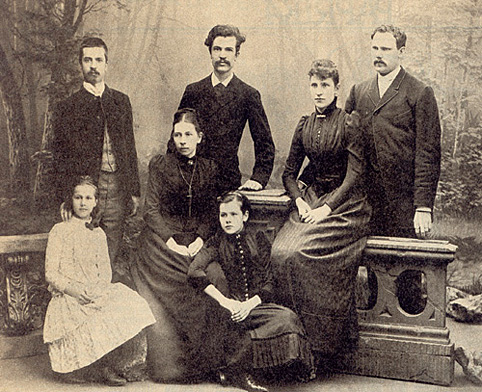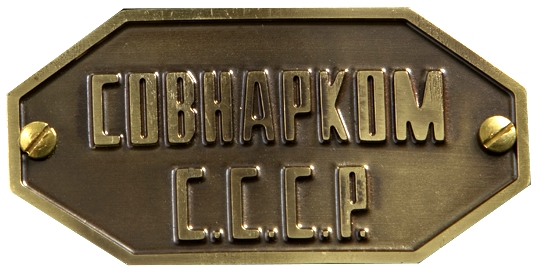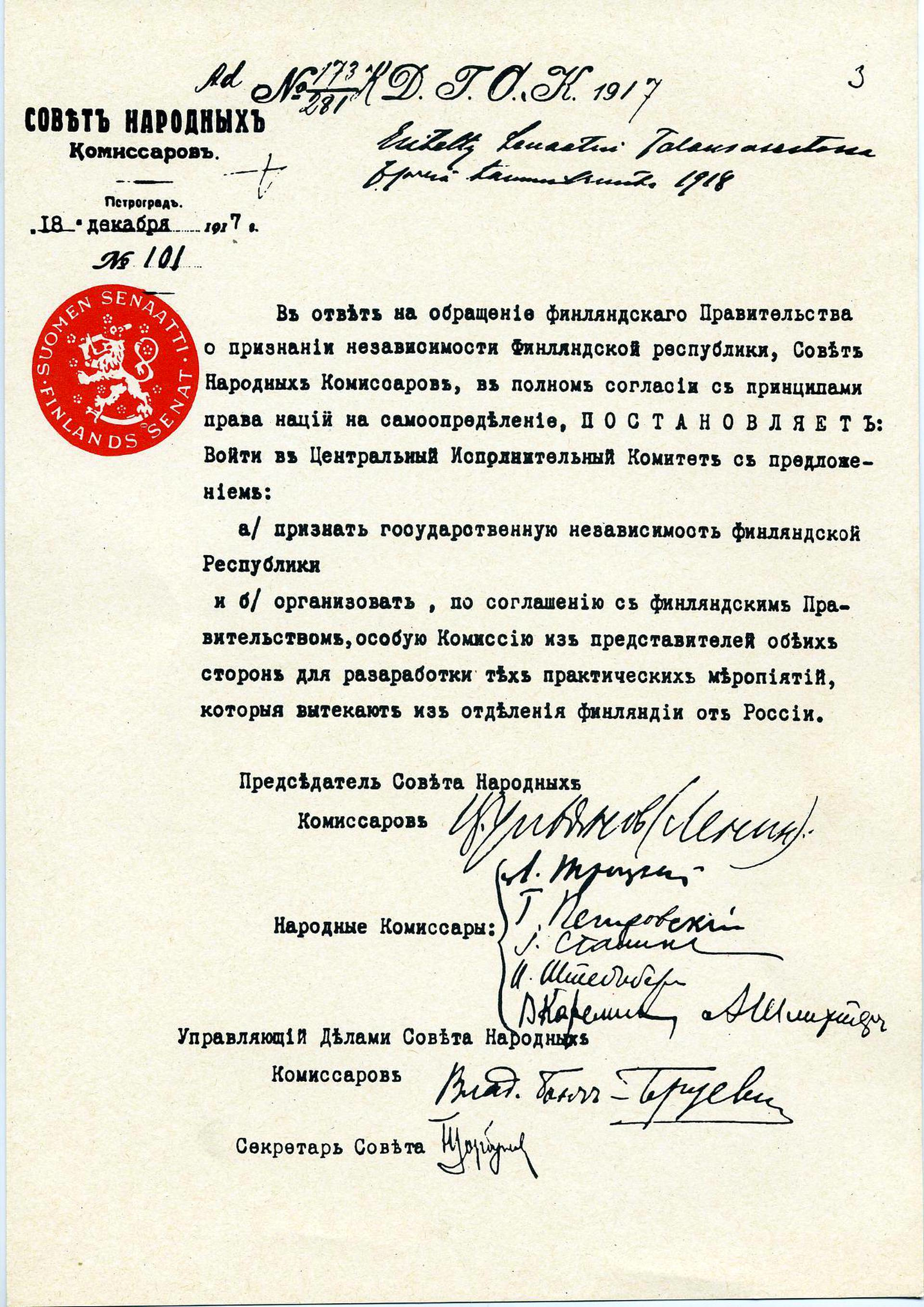|
1917 In Finland
Events in the year 1917 in Finland. Establishments * Confederation of Salaried Employees * Finnish Musicians' Union * Genealogical Society of Finland * Helsingin Palloseura * Hyvinkää * Kerberos (magazine) * League of Workers Association Youth * White Guard (Finland) Events ''Ongoing - Finnish Civil War'' * 16 March – Governor-General of Finland Franz Albert Seyn is removed from his office and arrested * 19 March – Mikhail Aleksandrovich Stakhovich became the new Governor-General of Finland * 26 March – Oskari Tokoi is appointed as the Chairmen of the Senate * 18 July – Parliament of Finland accepts the Act of Rule of Law * 31 July – Provisional government of Russia dissolves the Parliament of Finland * 17 August – Oskari Tokoi resigns from the Senate, E.N. Setälä takes his place * 17 September – Nikolai Nekrasov become the new Governor-General of Finland * 1–2 October – 1917 Finnish parliamentary election * 27 November – Pehr Evind Svinhufv ... [...More Info...] [...Related Items...] OR: [Wikipedia] [Google] [Baidu] |
1917
Events Below, the events of World War I have the "WWI" prefix. January * January 9 – WWI – Battle of Rafa: The last substantial Ottoman Army garrison on the Sinai Peninsula is captured by the Egyptian Expeditionary Force's Desert Column. * January 10 – Imperial Trans-Antarctic Expedition: Seven survivors of the Ross Sea party were rescued after being stranded for several months. * January 11 – Unknown saboteurs set off the Kingsland Explosion at Kingsland (modern-day Lyndhurst, New Jersey), one of the events leading to United States involvement in WWI. * January 16 – The Danish West Indies is sold to the United States for $25 million. * January 22 – WWI: United States President Woodrow Wilson calls for "peace without victory" in Germany. * January 25 ** WWI: British armed merchantman is sunk by mines off Lough Swilly (Ireland), with the loss of 354 of the 475 aboard. ** An anti- prostitution drive in San Francisco occurs, and ... [...More Info...] [...Related Items...] OR: [Wikipedia] [Google] [Baidu] |
Eemil Nestor Setälä
Eemil Nestor Setälä (; 27 February 1864 – 8 February 1935) was a Finnish politician and once the Chairman of the Senate of Finland, from September 1917 to November 1917, when he was author of the Finnish Declaration of Independence. Setälä was a linguist, professor of Finnish language and literature at Helsinki University from 1893 to 1929. He was a major influence on the study of Finnish language, and the founder of the research institute '' Suomen suku'' ("The Family of the Finnish Language"). Life Setälä was born in 1864. In 1892 he married the writer and editor, Helmi Krohn, and she took the name Setälä which she used until they divorced in 1913. A divorce was unusual at this time in Finland. Architect and writer Salme Setälä was their daughter. His political activities led him to be elected several times to the parliament, for the Young Finnish Party and for the National Coalition Party. For a brief period at the end of World War I, he served as acting ... [...More Info...] [...Related Items...] OR: [Wikipedia] [Google] [Baidu] |
History Of Finland (1917–present)
This is the history of Finland from 1917 onwards. Independence Finnish nationalism started growing in the 19th century alongside European nationalist movements. Runeberg's '' The Tales of Ensign Stål'' and Lönnrot's '' Kalevala'' formed a basis for the nation's cultural identity. World War I and internal problems caused a revolution in Russia in 1917. Finland took advantage of the situation and began to explore the possibilities for greater autonomy or even independence. The Russian Provisional Government responded negatively to the independence project, and suggested that a decision could only be made once the constitutional convention would convene. Following the defeat of the Provisional Government in the Bolshevik led October Revolution of November 1917, Finland's political class was divided on how to approach independence. The right wanted to seek recognition for independence from the West, while the left wanted to first be recognized by the new Bolshevik governmen ... [...More Info...] [...Related Items...] OR: [Wikipedia] [Google] [Baidu] |
Sweden
Sweden, formally the Kingdom of Sweden,The United Nations Group of Experts on Geographical Names states that the country's formal name is the Kingdom of SwedenUNGEGN World Geographical Names, Sweden./ref> is a Nordic country located on the Scandinavian Peninsula in Northern Europe. It borders Norway to the west and north, Finland to the east, and is connected to Denmark in the southwest by a bridgetunnel across the Öresund. At , Sweden is the largest Nordic country, the third-largest country in the European Union, and the fifth-largest country in Europe. The capital and largest city is Stockholm. Sweden has a total population of 10.5 million, and a low population density of , with around 87% of Swedes residing in urban areas in the central and southern half of the country. Sweden has a nature dominated by forests and a large amount of lakes, including some of the largest in Europe. Many long rivers run from the Scandes range through the landscape, primarily ... [...More Info...] [...Related Items...] OR: [Wikipedia] [Google] [Baidu] |
Åland
Åland ( fi, Ahvenanmaa: ; ; ) is an Federacy, autonomous and Demilitarized zone, demilitarised region of Finland since 1920 by a decision of the League of Nations. It is the smallest region of Finland by area and population, with a size of 1,580 km2, and a population of 30,129, constituting 0.51% of its land area and 0.54% of its population. Its only official language is Swedish language, Swedish and the capital city is Mariehamn. Åland is situated in an archipelago, called the Åland Islands, at the entrance to the Gulf of Bothnia in the Baltic Sea belonging to Finland. It comprises Fasta Åland on which 90% of the population resides and about 6,500 Skerry, skerries and islands to its east. Of Åland's thousands of islands, about 60–80 are inhabited. Fasta Åland is separated from the coast of Roslagen in Sweden by of open water to the west. In the east, the Åland archipelago is Geographic contiguity, contiguous with the Archipelago Sea, Finnish archipelago. Åland ... [...More Info...] [...Related Items...] OR: [Wikipedia] [Google] [Baidu] |
Government Of The Soviet Union
The Government of the Soviet Union ( rus, Прави́тельство СССР, p=prɐˈvʲitʲɪlʲstvə ɛs ɛs ɛs ˈɛr, r=Pravítelstvo SSSR, lang=no), formally the All-Union Government of the Union of Soviet Socialist Republics, commonly abbreviated to Soviet Government, was the executive and administrative organ of state in the former Soviet Union. It had four different names throughout its existence; Council of People's Commissars (1923–1946), Council of Ministers (1946–1991), Cabinet of Ministers (January – August 1991) and Committee on the Operational Management of the National Economy (August–December 1991). It also was known as Workers-Peasants Government of the Soviet Union. The government was led by a chairman, most commonly referred to as " premier" by outside observers. The chairman was nominated by the Central Committee of the Communist Party of the Soviet Union (CPSU) and elected by delegates at the first plenary session of a newly elected Supreme Sovi ... [...More Info...] [...Related Items...] OR: [Wikipedia] [Google] [Baidu] |
Bolsheviks
The Bolsheviks (russian: Большевики́, from большинство́ ''bol'shinstvó'', 'majority'),; derived from ''bol'shinstvó'' (большинство́), "majority", literally meaning "one of the majority". also known in English as the Bolshevists,. It signifies both Bolsheviks and adherents of Bolshevik policies. were a far-left, revolutionary Marxist faction founded by Vladimir Lenin that split with the Mensheviks from the Marxist Russian Social Democratic Labour Party (RSDLP), a revolutionary socialist political party formed in 1898, at its Second Party Congress in 1903. After forming their own party in 1912, the Bolsheviks took power during the October Revolution in the Russian Republic in November 1917, overthrowing the Provisional Government of Alexander Kerensky, and became the only ruling party in the subsequent Soviet Russia and later the Soviet Union. They considered themselves the leaders of the revolutionary proletariat of Russia. Their beli ... [...More Info...] [...Related Items...] OR: [Wikipedia] [Google] [Baidu] |
Russian Empire
The Russian Empire was an empire and the final period of the Russian monarchy from 1721 to 1917, ruling across large parts of Eurasia. It succeeded the Tsardom of Russia following the Treaty of Nystad, which ended the Great Northern War. The rise of the Russian Empire coincided with the decline of neighbouring rival powers: the Swedish Empire, the Polish–Lithuanian Commonwealth, Qajar Iran, the Ottoman Empire, and Qing China. It also held colonies in North America between 1799 and 1867. Covering an area of approximately , it remains the third-largest empire in history, surpassed only by the British Empire and the Mongol Empire; it ruled over a population of 125.6 million people per the 1897 Russian census, which was the only census carried out during the entire imperial period. Owing to its geographic extent across three continents at its peak, it featured great ethnic, linguistic, religious, and economic diversity. From the 10th–17th centuries, the land ... [...More Info...] [...Related Items...] OR: [Wikipedia] [Google] [Baidu] |
Finnish Declaration Of Independence
The Finnish Declaration of Independence ( fi, Suomen itsenäisyysjulistus; sv, Finlands självständighetsförklaring; russian: Провозглашение независимости Финляндии) was adopted by the Parliament of Finland on 6 December 1917. It declared Finland an independent nation, ending its autonomy within Russia as the Grand Principality of Finland, with reference to a bill simultaneously delivered to the Parliament to make Finland an independent republic instead. Declaring independence was only part of the long process leading to the independence of Finland. The declaration is celebrated as Independence Day in Finland. History Revolution in Russia After the February Revolution and the abdication of ''Tsar'' Nicholas II, Grand Prince of Finland, on 2 March (15 March N.S.) 1917, the personal union between Russia and Finland lost its legal base – at least according to the view in Helsinki. There were negotiations between the Russian Provisi ... [...More Info...] [...Related Items...] OR: [Wikipedia] [Google] [Baidu] |
Pehr Evind Svinhufvud's First Senate
Pehr Evind Svinhufvud's first senate was the first Senate and ''de facto'' Government of independent Finland. Its term spanned November 27, 1917 – May 27, 1918. It sat in Vaasa during the Finnish Civil War The Finnish Civil War; . Other designations: Brethren War, Citizen War, Class War, Freedom War, Red Rebellion and Revolution, . According to 1,005 interviews done by the newspaper ''Aamulehti'', the most popular names were as follows: Civil W ... from January 29 to May 3, 1918 and was known as the Vaasa Senate during that time. Assembly The following table displays the Senate's composition: References {{DEFAULTSORT:Pehr Evind Svinhufvud's First Senate Political history of Finland ru:Сенат Финляндии ... [...More Info...] [...Related Items...] OR: [Wikipedia] [Google] [Baidu] |
Prime Minister Of Finland
The prime minister of Finland ( fi, Suomen pääministeri; ) is the leader of the Finnish Government. The prime minister and their cabinet exercise executive authority in the state. The prime minister is formally ranked third in the protocol after the president of Finland and the speaker of the Parliament. Finland's first prime minister, Pehr Evind Svinhufvud (also later the 3rd president of the Finland), was appointed on 27 November 1917, just a few days before the country declared independence from Russia. The incumbent prime minister is Sanna Marin of the Social Democratic Party. Marin was sworn in on 10 December 2019 and at 34, she became the world's youngest serving state leader and the youngest prime minister in Finland's history. History In 1918, the Senate of Finland was transformed into the Government of Finland, and the position of vice-chairman of the Economic Division was transformed into that of the prime minister. Kesäranta, located in the westerly Mei ... [...More Info...] [...Related Items...] OR: [Wikipedia] [Google] [Baidu] |
Senate Of Finland
The Senate of Finland ( fi, Suomen senaatti, sv, Senaten för Finland) combined the functions of cabinet and supreme court in the Grand Duchy of Finland from 1816 to 1917 and in the independent Finland from 1917 to 1918. The body that would become the Senate was established on August 18, 1809, when Tsar Alexander I of Russia summoned the Diet of Porvoo and directed the Diet to draw up regulations for a Government Council.Jutikkala, Eino and Pirinen, Kauko. ''A History of Finland''. Dorset Press, 1988 p. 162. In 1816, Alexander renamed this body the ''Senate'' to demonstrate that it was equal to rather than inferior to its Russian equivalent.Jutikkala, Eino and Pirinen, Kauko. ''A History of Finland''. Dorset Press, 1988 p. 163. The Senate was headed by the Governor-General of Finland. The members of the Senate had to be Finnish citizens. The Senate was divided into the economic division and the judicial division. In 1822 both divisions were given a Finnish vice-chairman. Fro ... [...More Info...] [...Related Items...] OR: [Wikipedia] [Google] [Baidu] |








